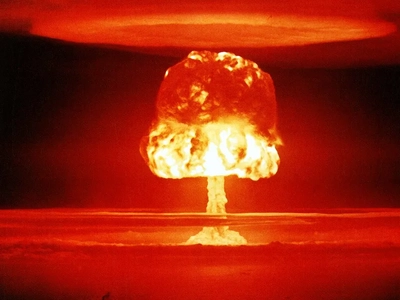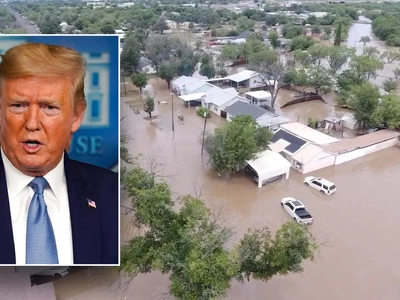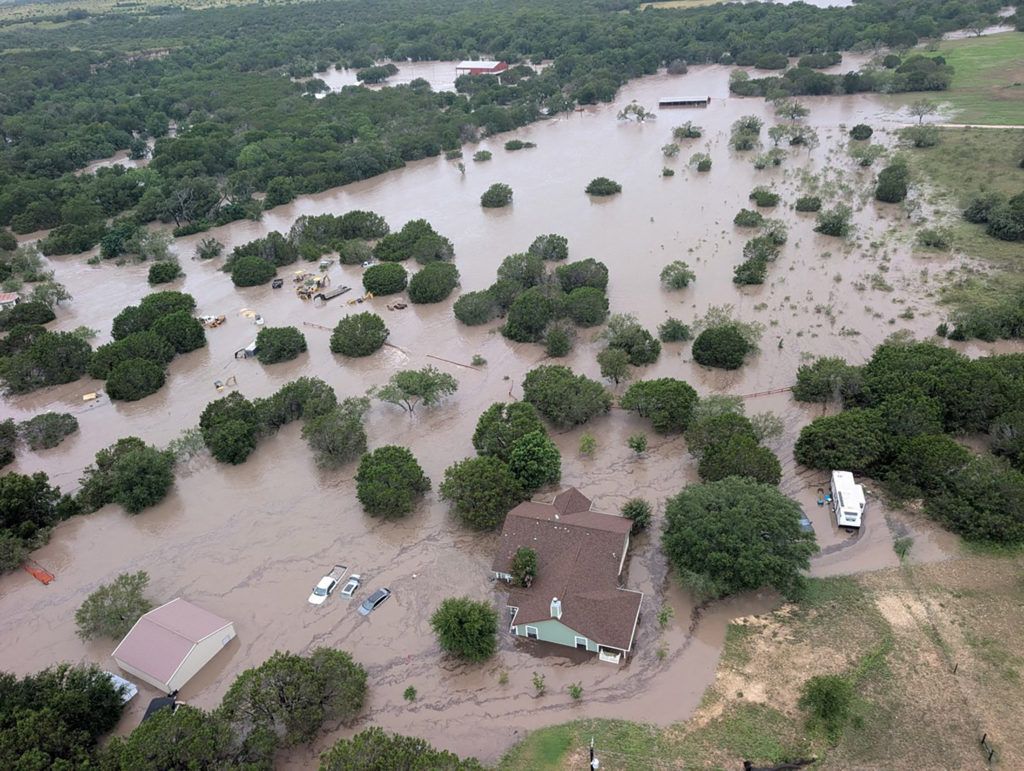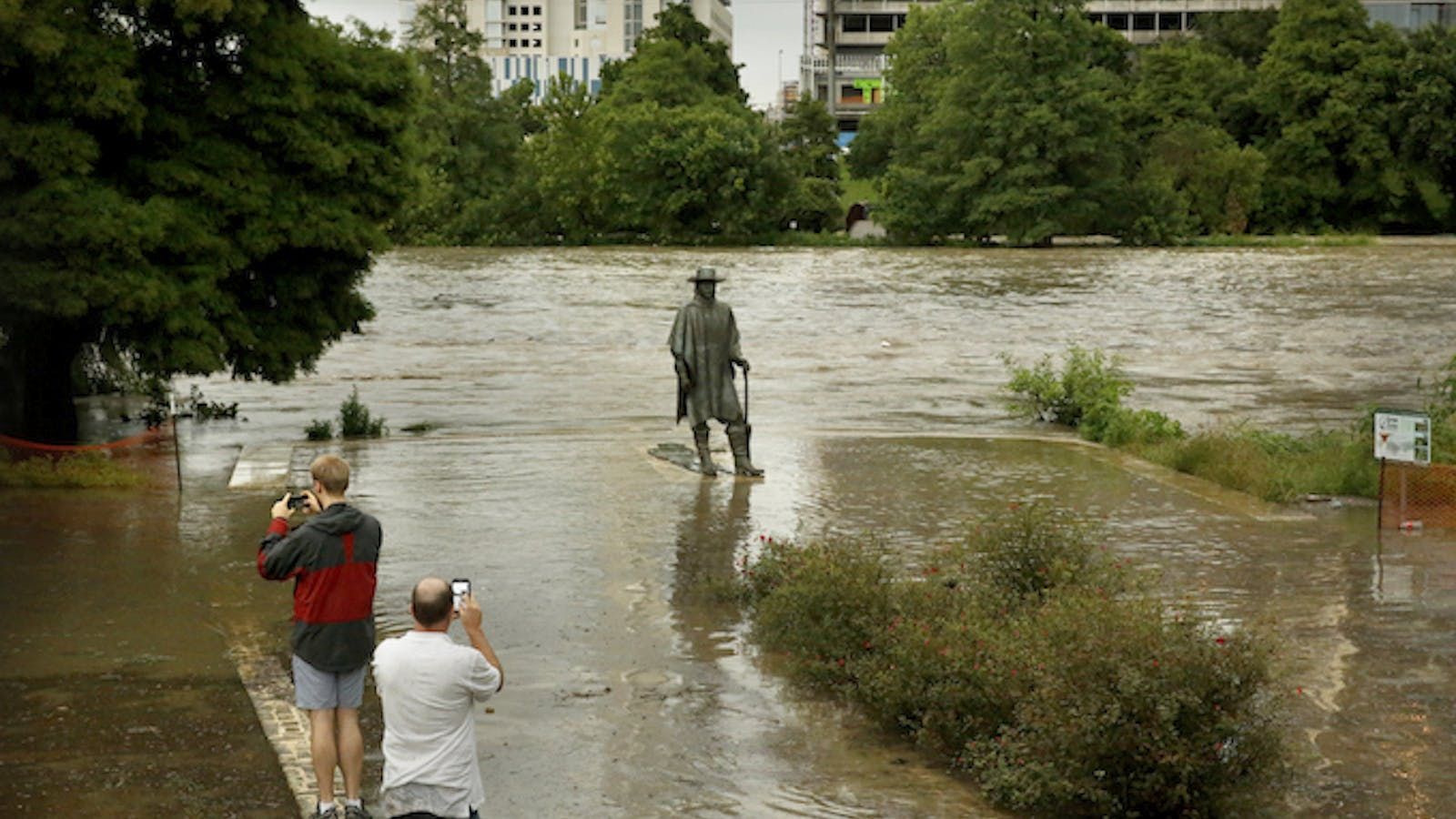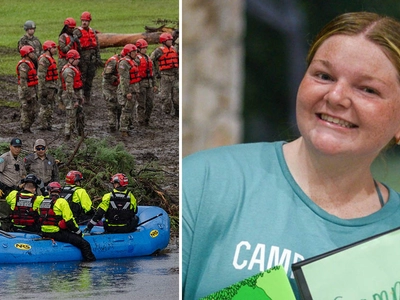EXPOSED: The Critical First 10 Minutes That Determine Nuclear Blast Survival (Government Officials Don't Want You to Know This)
The unthinkable has happened. The flash of light on the horizon isn't lightning—it's a nuclear detonation. In those first critical moments, your survival depends entirely on what you do next. While world tensions escalate and nuclear threats become increasingly real, understanding these life-or-death protocols could mean the difference between living and becoming another statistic.
The Golden 10-Minute Window: Your Race Against Death
Contrary to popular belief, you don't instantly die from a nuclear blast unless you're at ground zero. According to FEMA's latest emergency response guidelines, you have approximately 10 minutes after the initial detonation before deadly radioactive fallout begins to rain down. This narrow window is your lifeline—but only if you know exactly what to do.
The moment you see that telltale flash or hear the distinctive rumble, your survival clock starts ticking. Every second counts, and hesitation kills.
Step 1: Get Inside Immediately—Don't Look Back
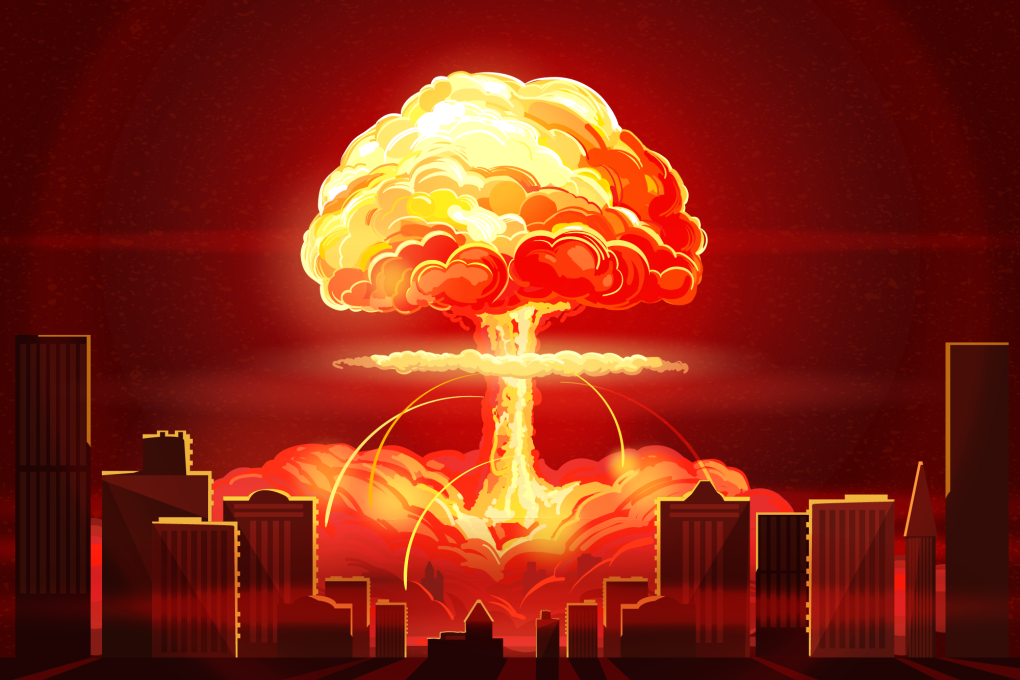
Forget everything you've seen in movies. Your first instinct should be to get inside the nearest substantial building immediately. Not your car, not a tent, not under a tree—inside a real structure with walls and a roof.
The brutal reality: Radioactive particles are invisible killers that will begin falling within 10-15 minutes. These microscopic assassins can penetrate your skin, lungs, and digestive system, causing radiation sickness that can kill you within days or weeks.
If you're outdoors when the blast occurs:
- Run to the nearest building—don't worry about it being "your" building
- Avoid windows and exterior walls
- Get to the center of the structure
- If no building is available, find a ditch, depression, or get behind a concrete barrier
Step 2: The Decontamination Protocol That Could Save Your Life
Once inside, you have minutes to decontaminate before fallout arrives. This isn't optional—it's survival.
Remove ALL outer clothing immediately:
- Strip off everything you wore outside
- Removing contaminated clothing can eliminate up to 90% of radioactive particles
- Seal clothing in plastic bags and move them away from living areas
- If no bags are available, leave clothes in the furthest corner from where you'll shelter
Clean exposed skin:
- Wash hands, face, and any exposed skin with soap and water
- Use wet wipes if water isn't available
- Blow your nose and wipe your eyelids and ears
- Don't scrub—gentle cleaning removes particles without driving them deeper
Step 3: Find the Best Shelter Location in Your Building
Not all indoor spaces are created equal. The goal is to put as much dense material between you and the outside as possible.
Ideal shelter locations:
- Basement centers, away from walls
- Middle floors of multi-story buildings (avoid top floors and ground level)
- Interior rooms with no windows
- Rooms with the fewest exterior walls
Avoid these death traps:
- Cars (offer virtually no protection)
- Mobile homes
- Tents or temporary structures
- Areas near windows or exterior walls
Step 4: Seal Your Environment
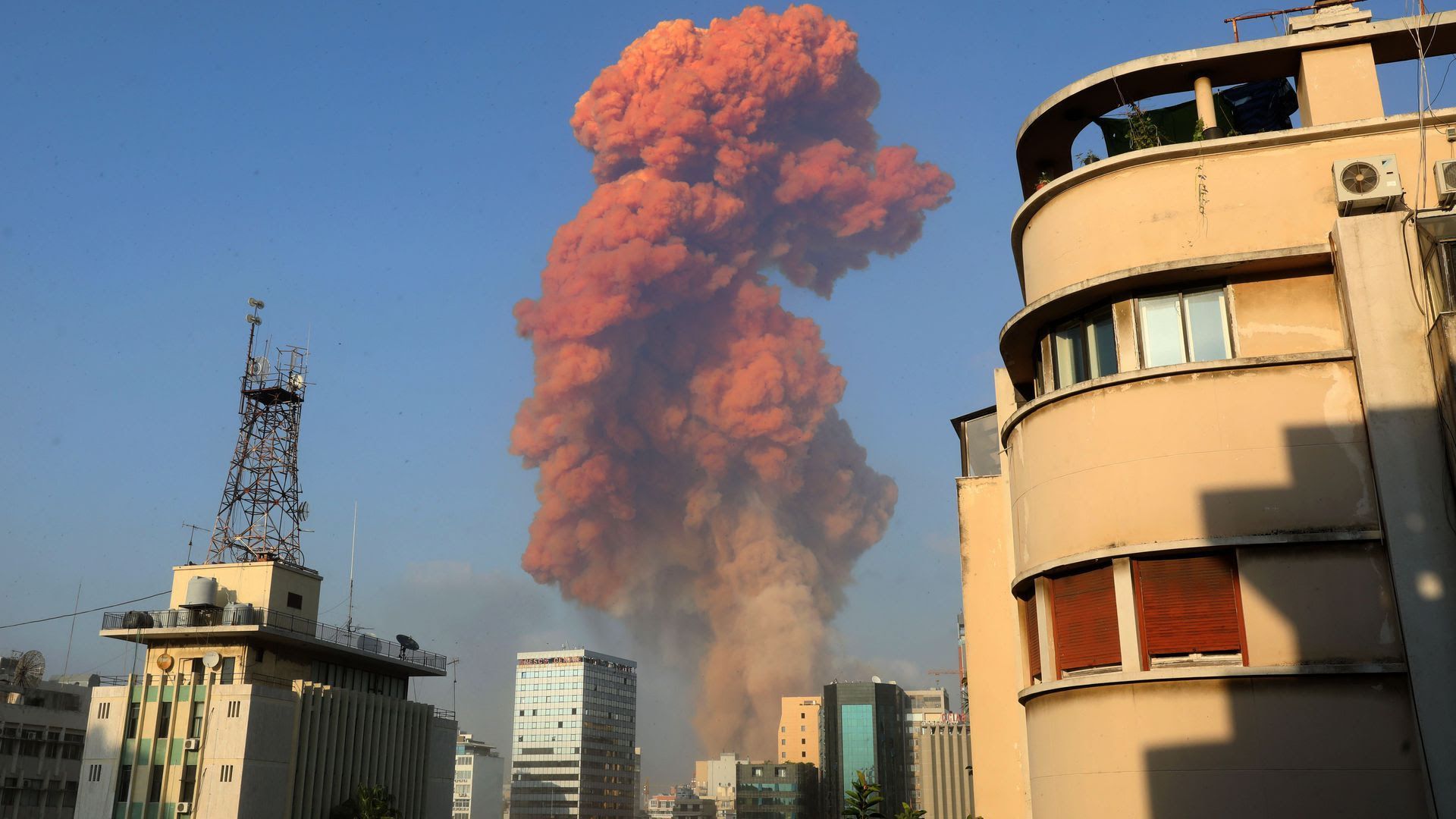
Once you've secured the best possible location, create a barrier against contamination:
- Close all windows and doors
- Turn off ventilation systems, air conditioners, and heaters
- Close fireplace dampers
- Use plastic sheeting and tape to seal gaps if available
- Move to interior rooms and close interior doors
Step 5: Communication and Information—Your Lifeline to the Outside
In the chaos following a nuclear event, reliable information becomes as valuable as food and water.
Essential communication steps:
- Turn on battery-powered or hand-crank radio
- Monitor emergency broadcast channels
- Check cell phone for emergency alerts (but conserve battery)
- Avoid using phones except for true emergencies to keep lines open
- Listen for official evacuation or shelter-in-place orders
The 24-Hour Rule: Why Patience Saves Lives
Here's what most people don't understand: the most dangerous radiation occurs in the first 24-48 hours. Radioactive particles decay rapidly, with radiation levels dropping by 90% within the first 48 hours.
This means:
- Don't venture outside for at least 24 hours unless absolutely necessary
- If you must go outside, limit exposure to 30 minutes or less
- Officials will provide guidance on when it's safe to leave shelter
- Each hour you wait dramatically increases your chances of survival
Supply Priorities: What You Need to Survive
If you're trapped in your emergency shelter, certain supplies become critical:
Water: One gallon per person per day (radiation doesn't affect properly sealed water)
Food: Non-perishable items that don't require cooking (canned goods, crackers, energy bars)
Medications: Essential prescriptions, especially thyroid medication and potassium iodide if available
Sanitation: Plastic bags, toilet paper, feminine hygiene products
Tools: Flashlights, batteries, manual can opener, plastic sheeting, duct tape
The Harsh Reality: Why Most People Won't Survive
The sobering truth is that most people will make fatal mistakes in those first 10 minutes. They'll:
- Panic and run toward the blast to look for family
- Try to drive away (cars offer minimal protection and roads will be chaos)
- Ignore decontamination protocols
- Leave shelter too early
- Fail to monitor radio for official instructions
Signs of Radiation Exposure You Must Know
Even if you follow all protocols, you need to recognize radiation sickness symptoms:
Within hours:
- Nausea and vomiting
- Fatigue and weakness
- Headache
- Skin redness
Within days:
- Hair loss
- Diarrhea
- Infections
- Bleeding
If you experience these symptoms, seek medical attention immediately once it's safe to travel.
When to Evacuate vs. When to Stay
Officials will provide specific guidance, but general rules apply:
Stay put if:
- You have adequate shelter
- You have supplies for several days
- Roads are impassable or dangerous
- Officials haven't issued evacuation orders
Evacuate if:
- Officials order evacuation
- Your building is damaged and can't provide protection
- You're running out of essential supplies
- You're experiencing severe radiation sickness symptoms
The Uncomfortable Truth About Nuclear Preparedness
As global tensions escalate and nuclear threats become increasingly credible, this isn't fear-mongering—it's reality. Recent developments in Ukraine, tensions with China, and ongoing nuclear proliferation mean the unthinkable is becoming increasingly possible.
The bottom line: The government cannot save everyone in a nuclear emergency. Your survival depends on your knowledge, preparation, and ability to act decisively in those crucial first minutes.
Every household should have a nuclear emergency plan, not because we want to use it, but because the alternative is unthinkable. In a world where nuclear weapons are becoming more accessible and international tensions are at their highest point in decades, being prepared isn't paranoia—it's prudence.
The question isn't whether you'll ever need this information. The question is: when the moment comes, will you be ready to save your life and the lives of those you love?
